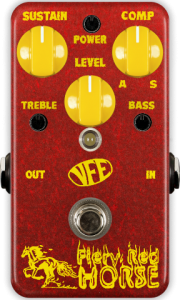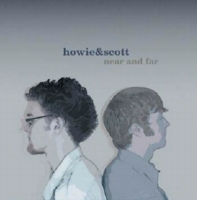“Ruff Stuff,” from Mars Lights’ recent Side 3, hides something in its structure that you might not have noticed, but probably have felt as you’ve listened to it.
We’ve done a fair amount of messing with the blues before. (If you need a primer on the blues, check Wikipedia here; I’ll be referring to the shuffle blues variation, with V-IV-I-I as the last four bars.) “Straight Shots,” “Break This Dollar,” and “All Tied Up” are all essentially built around blues progressions.
In “Straight Shots,” you can hear the change from the I to the IV chord in the first verse right before I say “See the war down to the wire every time if they can,” and the V when the intro riff repeats at the end of the first verse and goes into the “I want a touch” part. “Break This Dollar” starts out with the I, hits the IV on the pre-chorus (the very first “Break this dollar…”), back to the I for the chorus, then the V-IV at the end of the chorus under “You got to get out!” “All Tied Up” is even bluesier; the first verse outlines what is almost a standard 12-bar format (some of the chords are held for slightly different lengths, but the progression is right there). The rest of the song is variations on that, with the long V leading into the end riff.
What’s different about “Ruff Stuff” is that the 12-bar progression is spread out over the entire length of the song; we only go through it once. Here are the chords to a slight variation on the standard 12-bar shuffle blues, a “quick four” with a IV chord in the second bar:
I – IV – I – I
IV – IV – I – I
V – IV – I – I
The whole intro and first verse correspond to just the first bar of this progression. The second bar, the IV, is the guitar break and chord change right after “I could stand your dark, stand your dark,” and the third and fourth bars of the progression are the second verse of “Ruff Stuff” (“Show me your toughest…”).
The next part, beginning with “It’s a bomb, you’re a test” matches bars five and six of the progression, the IV chord. In the original arrangement, there was a third verse to go with bars seven and eight of the blues, but we cut it, so there’s a deviation from the form there.
The V produces a noticeable change on the final “Sing!” of “Shadows sing, shadows sing!” and the break into the bridge of the song, which functions as a long riff on the V – IV section of the blues, before returning to the I (“Show me your ruff stuff!”).
I have a lot of fun twisting up the blues into something I imagine, for most people, is unrecognizable, but retains some of that amazingly timeless emotional push and sense of narrative and motion. When we’re writing parts to go along with a main riff, I’ll usually at least play around with something based around the IV or the V chord against the riff to see if it produces any sparks. Often, with a variation or an extra chord, it will, producing something with some musical roots along with my own aesthetic sense. If you write, try it! If you don’t write yet, a blues is a great place to start.
Of course, I don’t think any of it would be possible without high school jazz band. Thanks, Mr. P!



